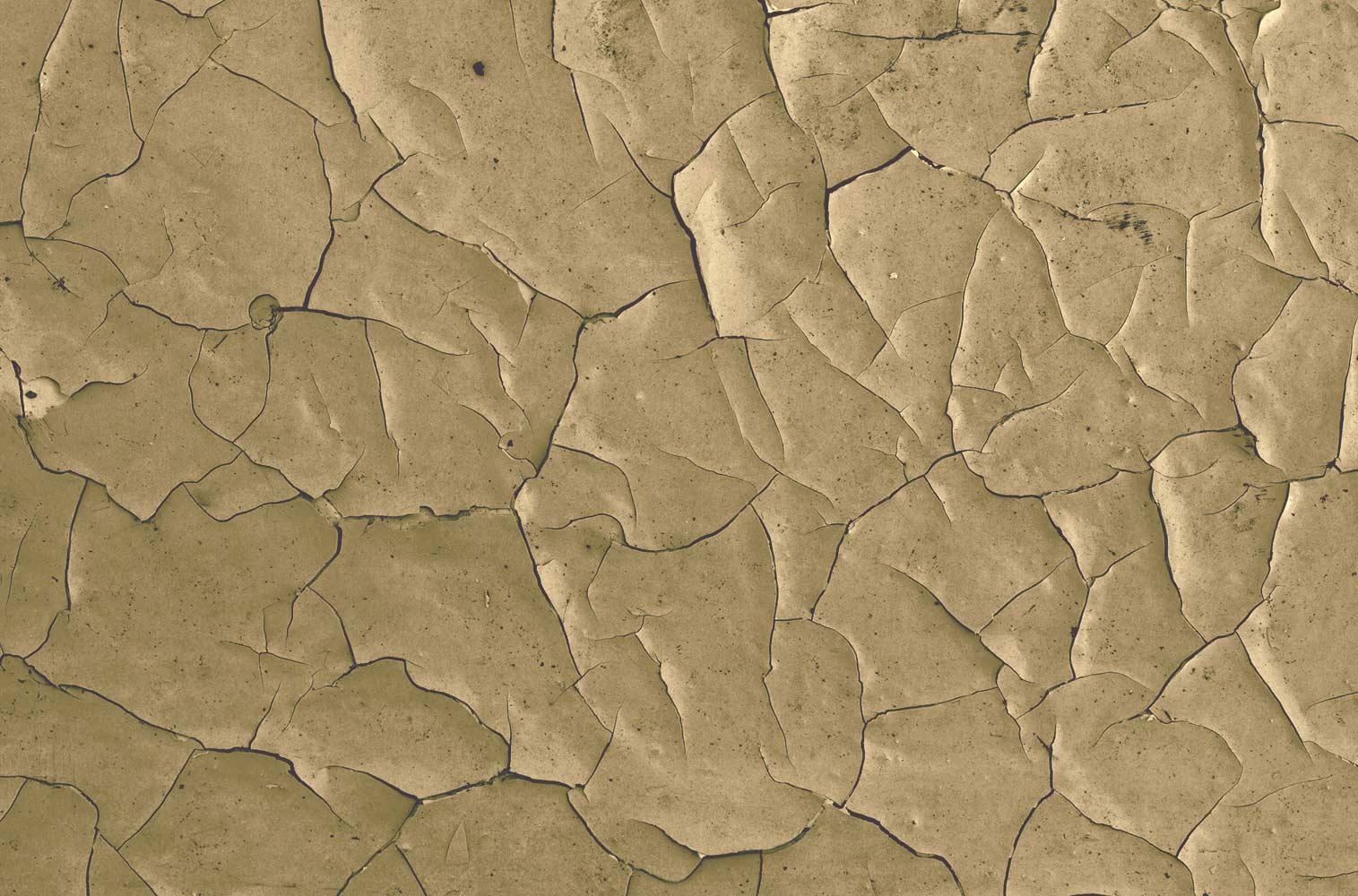
Rocks
What are they?
Rocks
Rocks are the solid form of minerals that make up the earths surface. They are exposed to the surface and underlying the soil or oceans. They are classified by how they were formed. There are three types of rocks igneous, sedimentary, and metamorphic.
Igneous rocks
Igneous rocks are formed through the cooling and solidification of magma.They are formed ether plutonic or volcanic. The main types are intrusive and extrusive. One is formed inside and the other out side of the earth.
Sedimentary rocks
Sedimentary rocks are formed by sediments that are deposited over time on or near the earths suface and in the bottom of lakes, rivers and/or oceans. The main types of sedimentary rocks are Clastic, Bioclastic and Crystalline.
Metamorphic rocks
Metamorphic rocks form when other rocks are exposed to heat and/or pressure without melting. They are formed deep below the earths surface. The main types of metamorphic rocks are regional and contact.
Granite
Granite is a igneous rock. Its environment of formation is intrusive. Its texture is coarse and its crystal size is 1 mm to 10 mm and its non-vesicular. Granite has a mineral composition of 20% potassium feldspar, 40% quartz, 20% plagioclase feldspar, 10% biotite, and 10% amphibole. Granite has a lighter color, lower densisty, and a felsic composition.
Sandstone
Sandstone is inorganic. Its texture is clastic and its grain size is silt (0.0004 to 0.006 cm). Its comments is compact; may split easily. Sandstones composition is mostly quartz, feldspar, and clay minerals; may contain fragments of other rocks and minerals.
Phyllite
Phyllite has a foliated texture, its grain size is fine to medium. The composition of phyllite is garnet, amphibole, feldspar, quartz and mica. The comments are foliation surfaces shiny from microscopic mica crystals. The type of metamorphism of phyllite is regional.
The Rock Cycle
The rock cycle models how rocks and sediments change over time.






